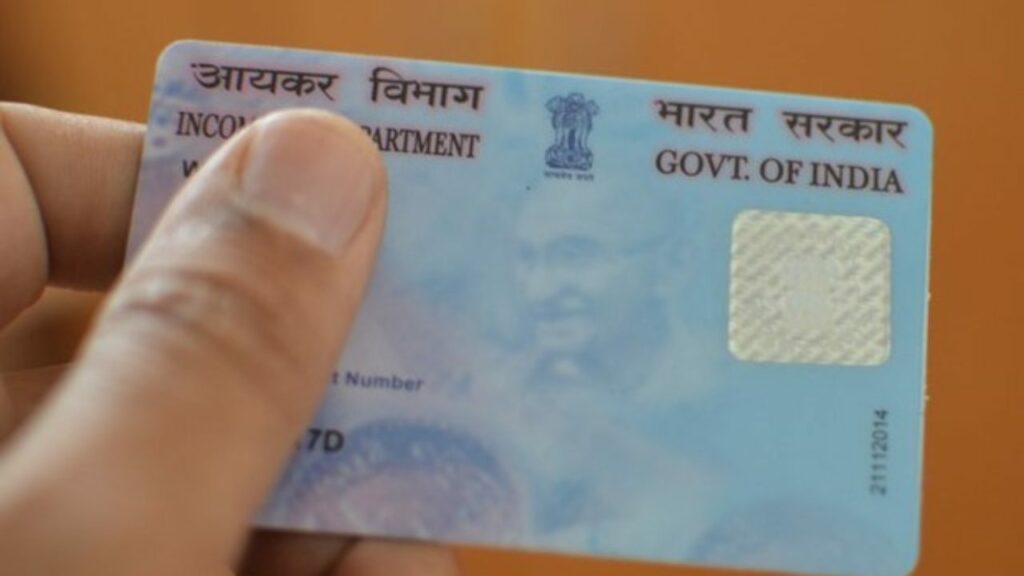The Reserve Bank of India (RBI) has issued a draft circular proposing a new framework to strengthen and harmonize regulations governing loans against gold ornaments, jewellery, and certain silver assets. The proposed changes aim to address concerns regarding auction practices, loan classification, valuation standards, and operational safeguards. Stakeholders can submit feedback until May 12, 2025.

RBI’s Proposed Gold Loan Norms: Clearer Classifications and Stricter Risk Controls
Under the proposed norms, gold loans will be categorized into ‘income generating’ and ‘consumption’ types, each governed by distinct criteria. Income-generating loans—those used for economic activities like farming or business—will require credit assessment based on cash flow rather than the gold’s value. Meanwhile, consumption loans will carry a loan-to-value (LTV) cap of 75%, applicable throughout the loan’s tenure. A breach of this ratio for over 30 days will trigger an additional provisioning of 1%.
Notably, the RBI has barred loans against gold-backed financial instruments like ETFs and mutual funds, and re-pledged gold where ownership is unclear. Additionally, renewals and top-up loans will only be permitted for standard assets, and only after full interest repayment in the case of bullet repayment loans.
RBI Tightens Gold Loan Operations and Auction Safeguards
The framework also mandates operational reforms. Gold collateral must be handled exclusively at authorized branches with proper infrastructure and security. Collateral must be returned within seven working days after loan repayment, failing which lenders must compensate borrowers ₹5,000 per day. Gold unclaimed for over two years post-settlement will be classified as such.
To protect borrowers during auctions, a reserve price—minimum 90% of the gold’s current value—must be declared in advance. RBI has also limited bullet repayment loans to a 12-month tenure and capped such loans at ₹5 lakh for cooperative and rural banks.
RBI Clarifies Gold Loan Norms Amid Market Jitters
In response to the announcement, gold loan financiers like Manappuram Finance and Muthoot Finance saw stock declines, driven by concerns over stricter norms. However, the RBI clarified that the framework is aimed at rationalization rather than tightening, extending NBFC norms to banks for consistency. Analysts view this standardization positively, as it lifts regulatory overhang and ensures a level playing field.
These measures follow several regulatory actions over the past year, including caps on cash disbursement, a freeze and later lifting of IIFL Finance’s gold lending operations, and scrutiny of auction and valuation processes.
Summary:
The RBI’s draft framework for gold loans introduces stricter norms and operational safeguards, categorizing loans as ‘income generating’ or ‘consumption’ with capped LTV ratios. It bars loans against gold ETFs and mandates reserve prices in auctions. The move aims to standardize regulations across lenders and address prior lapses, not tighten them.













